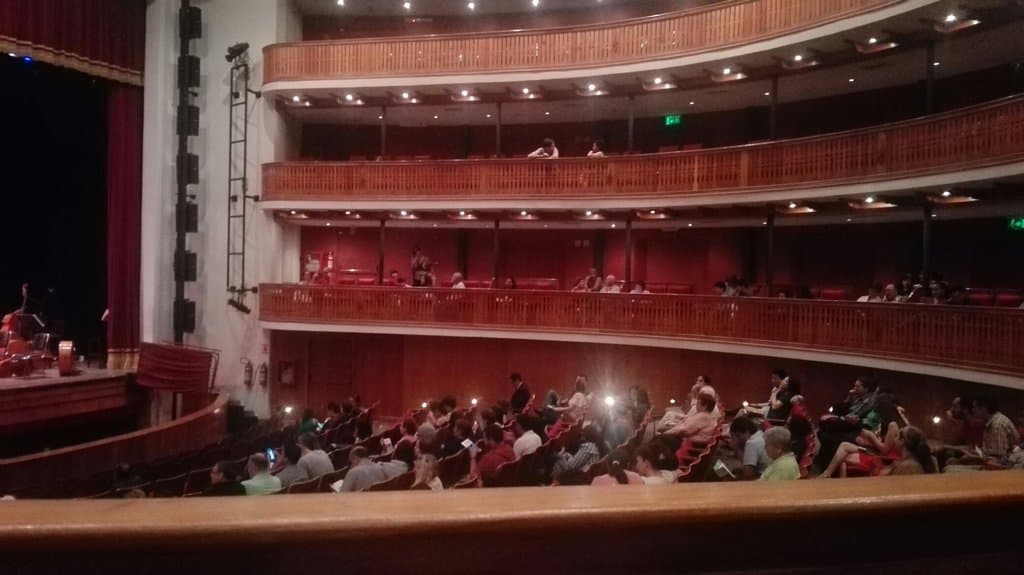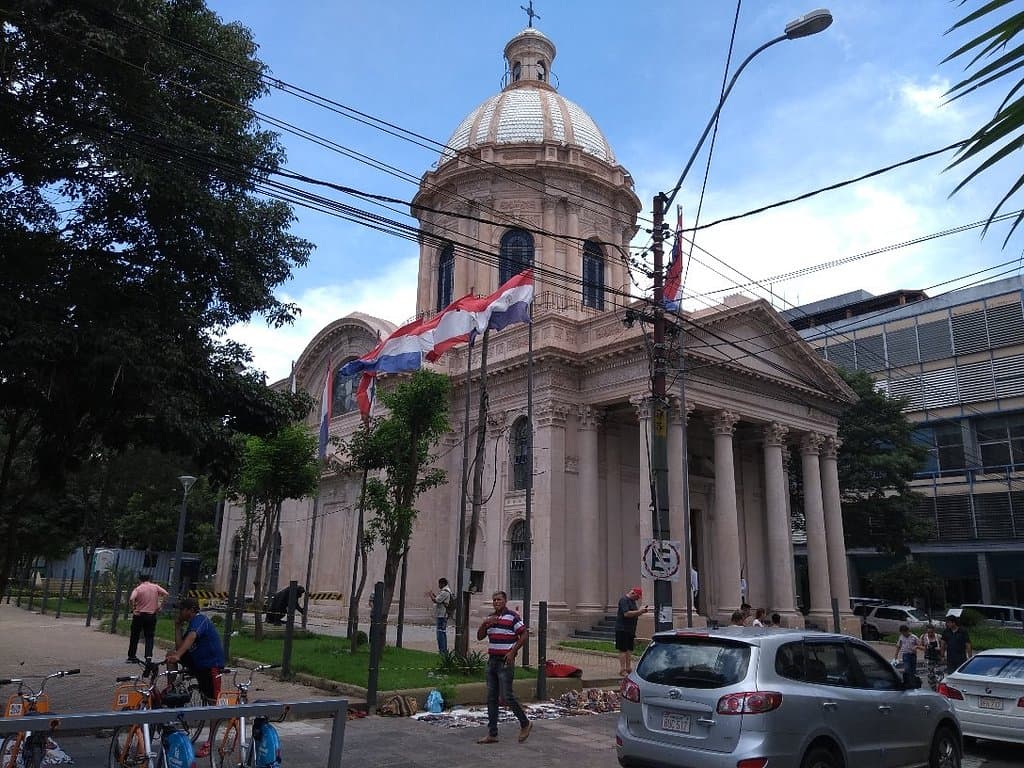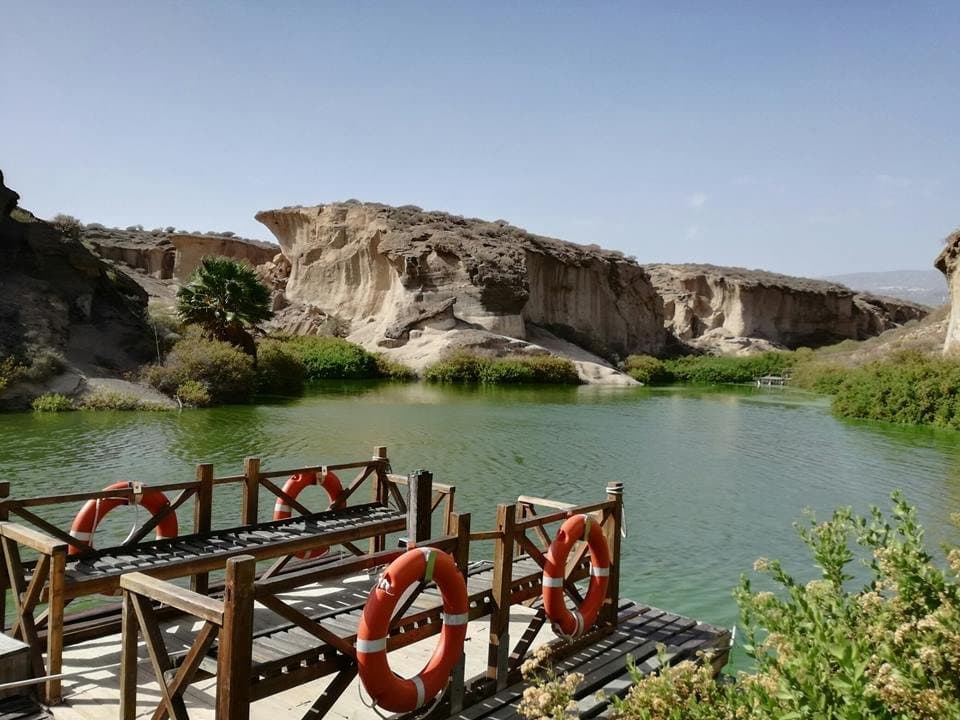
Museo Etnográfico Dr. Andrés Barbero
Discover Paraguay's rich indigenous heritage and recent history through a vast collection of ethnographic artifacts. Free entry!

Highlights
Must-see attractions

Social
From TikTok & Reddit
Best Time
Fewer crowds, more personal attention

Museo Etnográfico Dr. Andrés Barbero
Best Time
Fewer crowds, more personal attention

Highlights
Must-see attractions
Discover Paraguay's rich indigenous heritage and recent history through a vast collection of ethnographic artifacts. Free entry!
"Wonderful collection of indigenous artifacts! I was blown away by the breadth of the collection."

🗣️ Bring a Spanish Speaker
Exhibits and guides are in Spanish. A Spanish-speaking companion enhances understanding.
🚫 No Photos Allowed
Photography is strictly prohibited inside the museum. Be mindful of staff monitoring.

Highlights
Discover the most iconic attractions and experiences

Indigenous Artifacts Collection
Main Galleries
Explore a vast collection of indigenous artifacts, including spears, bags, and burial pots, offering a glimpse into Paraguayan culture.

Domestic Artifacts
Domestic Life Exhibits
Discover a huge collection of domestic artifacts, showcasing items from the recent past of indigenous peoples in Paraguay.

Dr. Branislava Susnik's Legacy
Special Exhibits/Archives
Learn about Dr. Branislava Susnik, a pioneer in Paraguayan social history and ethnohistorical studies.
Plans like a pro.
Thinks like you
Planning Your Visit
Free Entry & Unlocking the Doors
Photography & Accessibility Notes
Best Times
Insider Tips
from TikTok, Instagram & Reddit
🗣️ Bring a Spanish Speaker
Exhibits and guides are in Spanish. A Spanish-speaking companion enhances understanding.
🚫 No Photos Allowed
Photography is strictly prohibited inside the museum. Be mindful of staff monitoring.
🚶♀️ Stairs Only
The museum is not wheelchair accessible. Plan accordingly if mobility is a concern.
🤝 Ask for a Guide
Free guides are available, but they speak only Spanish. Worth it for deeper insights.
Tips
from all over the internet
🗣️ Bring a Spanish Speaker
Exhibits and guides are in Spanish. A Spanish-speaking companion enhances understanding.
🚫 No Photos Allowed
Photography is strictly prohibited inside the museum. Be mindful of staff monitoring.
🚶♀️ Stairs Only
The museum is not wheelchair accessible. Plan accordingly if mobility is a concern.
🤝 Ask for a Guide
Free guides are available, but they speak only Spanish. Worth it for deeper insights.
🎁 Support Local Artisans
Souvenirs and bags made by indigenous people are available for purchase.
What Travellers Say
Reviews Summary
Visitors praise the Museo Etnográfico Dr. Andrés Barbero for its extensive and valuable collection of indigenous and domestic artifacts, offering a deep dive into Paraguayan culture. The free entry is a significant draw. However, some find the exhibition design 'technical,' and the strict no-photography policy, coupled with Spanish-only explanations, can be a drawback for some.
"A great museum where you can learn about the indigenous peoples of Paraguay and see items dated back 1500 years and of the previous century. A huge collection of domestic artifacts as well. The museum employee, Ariel, was very helpful and kind to share some interesting facts about those items. Definitely recommend! Free entrance."
Aleksandr Veselkov
"Wonderful collection of indigenous artifacts! I was blown away by the breadth of the collection, all very well organized (though very poorly explained). There's everything from spears to bags to burial pots. I spent probably an hour just pouring over everything. Probably the biggest collection of indigenous ethnographic artifacts (not archaeological) I've seen anywhere in LATAM.
Strangely, no photos are allowed and a staff member followed me around the museum to personally watch me the whole time. They also devoted about 1/3 of museum galleries to chronicling the lives of key museum staff, very strange.
Free. Just yell at the entrance and someone will come to unlock it for you. This would be a great museum to hire a guide to show you around."
Josiah Wadsack
"Nice place, sadly photos are prohibited.
So much to learn about the native culture.
It's free and have a tour guide but nothing in english, only spanish speaking and writing.
Only stairs, not available for wheelchairs.
You can buy souvenirs and bags made by original native people."
K Benítez
What People Like
What People Dislike
Frequently Asked Questions
🚇 🗺️ Getting There
The museum is located on Calle España in Asunción. While specific public transport routes aren't detailed in social media, it's generally accessible within the city. Taxis or ride-sharing services are also good options.
It's worth the trouble to find! Some visitors mention it can be a bit tricky to locate, but the unique architecture and doors are a visual cue.
Given its location in Asunción, local buses or taxis are common ways to reach the museum. If you're exploring the city, it might be part of a walking tour.
🎫 🎫 Tickets & Entry
Entry to the museum is completely free! This makes it an accessible cultural experience for all visitors.
No advance booking is required. Simply arrive at the entrance, and if the doors are locked, call out for assistance.
Specific opening hours are not consistently mentioned, but visitors report that staff will come to unlock the doors upon arrival. It's best to visit during typical daytime hours.
Guided tours are available and are free of charge. However, please note that the tours are conducted in Spanish only.
🎫 🧭 Onsite Experience
Unfortunately, photography is not allowed inside the Museo Etnográfico Dr. Andrés Barbero. Staff members may monitor visitors to ensure compliance.
The museum is not wheelchair accessible as it only has stairs. Visitors with mobility issues should be aware of this limitation.
You can expect to see a vast collection of indigenous artifacts, including tools, clothing, and ceremonial items, as well as domestic artifacts from the recent past.
The exhibits and tour guides are primarily in Spanish. Visitors who do not speak Spanish may find it challenging to fully understand the displays without a translator.
Dr. Branislava Susnik is recognized as a foundational figure in Paraguayan social history and ethnohistorical studies. The museum honors her contributions.
🍽️ 🛍️ Shopping & Dining
Yes, you can purchase souvenirs and bags that are made by original native people, offering a way to support local artisans.
Information about dining facilities within the museum is not readily available. Visitors often explore dining options in the surrounding Asunción area.
📸 📸 Photography
Photography is strictly prohibited inside the museum. This rule is enforced, so be prepared to keep your camera or phone away.
The museum's exterior, particularly its doors and windows, has been highlighted for its architectural appeal, making it a good spot for exterior shots.
For Different Travelers
Tailored advice for your travel style
👨👩👧 Families with Kids
Consider this visit more for older children or teens who can appreciate historical artifacts and understand basic Spanish. The lack of accessibility due to stairs means it's not suitable for families with very young children in strollers or those who require wheelchair access.
💰 Budget Travelers
While guides are available for free, remember they are Spanish-speaking only. If you need English interpretation, you might consider bringing a friend who speaks Spanish or focusing on the visual aspects of the exhibits. The free entry makes it a highly recommended stop for anyone looking to experience Paraguayan culture affordably.
🏛️ Culture Enthusiasts
While the Spanish-only presentation might require extra effort for non-Spanish speakers, the sheer volume and significance of the artifacts make it a rewarding visit. The opportunity to see items dating back centuries and learn about the recent past of indigenous communities offers a unique perspective on Paraguay's identity.
Deep Dives
In-depth insights and expert knowledge
The Richness of Indigenous Culture
One of the most compelling aspects is the breadth of the collection, which focuses on ethnographic (rather than purely archaeological) items. This distinction means the artifacts represent the living culture and daily lives of indigenous communities. The organization is noted as good, though explanations might be limited, making a guide particularly valuable for understanding the context and significance of each piece.
Beyond tools and everyday objects, the museum also touches upon the cultural practices and beliefs of these communities. The exhibits aim to educate visitors about the recent past of indigenous peoples in Paraguay, offering a nuanced perspective that goes beyond historical timelines.
Dr. Branislava Susnik: A Pioneer of Paraguayan History
Susnik's dedication to her research is evident in the museum's collections and archives. She spent her career meticulously documenting and analyzing the social fabric of Paraguay, challenging previous narratives and bringing a more inclusive perspective to historical studies. The museum often highlights her contributions, recognizing her as a key figure in shaping the nation's historical consciousness.
The Premio Dra. Branislava Susnik (Dr. Branislava Susnik Award) is an annual recognition that further underscores her enduring legacy. This award invites researchers in Paraguayan anthropology to participate, ensuring that her pioneering spirit and commitment to understanding the country's diverse cultures continue to inspire new generations of scholars.
Navigating the Museum Experience
Photography is strictly prohibited within the museum, and staff are known to monitor visitors to ensure compliance. This means you'll need to rely on your memory and perhaps written notes to capture the essence of the exhibits. Additionally, the museum is not wheelchair accessible as it relies solely on stairs, a point to consider for visitors with mobility challenges.
While the exhibits are rich in content, they are primarily presented in Spanish. For those who don't speak the language, hiring a guide is highly recommended, though they too will only communicate in Spanish. Despite these limitations, the museum offers a valuable and insightful look into Paraguayan ethnography.





Social
from TikTok, Instagram & Reddit